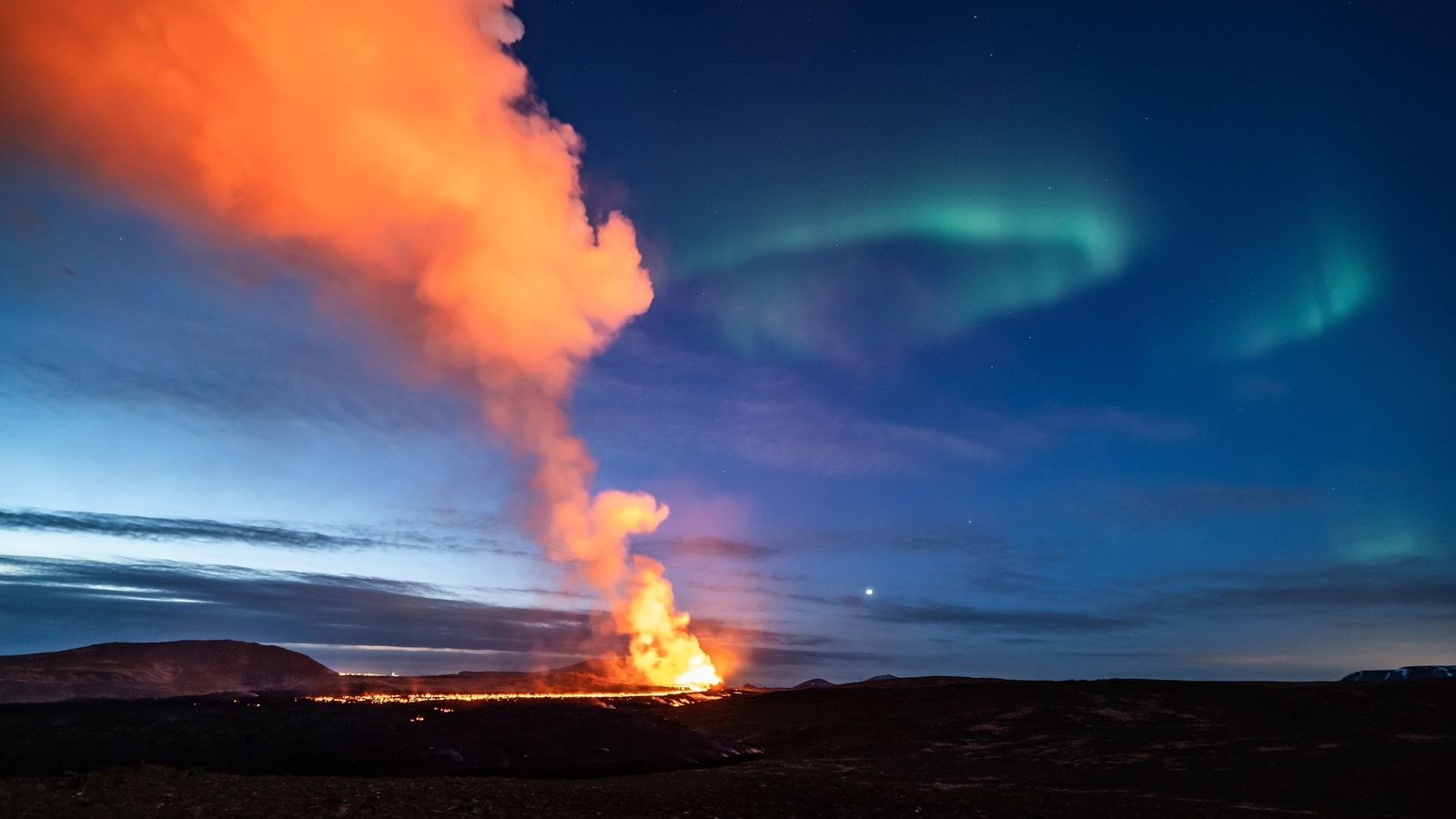
[ad_1]
Tourist bookings in Iceland are growing more slowly than forecast with travellers deterred by high prices and frequent volcanic eruptions near an inhabited area.

Bookings over the winter months have been as much as 15% below estimates, according to data compiled by the Icelandic Tourist Board.
The country’s top source of foreign currency, tourism bounced back quickly after the pandemic and was expected to reach new heights this year, until intense seismic activity started rocking the island’s southwest corner in October. The first eruption near a now-devastated fishing town happened on Dec. 18 and there have been three more since.
“We saw already in November that new bookings went down,” Johannes Thor Skulason, managing director of the Icelandic Travel Industry Association, said by phone. “They have since slowly started recovering but the effect from the seismic activity and the media coverage around that can still be felt.”
Previously, volcanic outbursts in Iceland’s remote areas have helped boost travel but the fact that activity is now taking place close to the country’s top tourist attraction, the Blue Lagoon spa, as well as inhabited areas is deterring some foreigners.
The country’s hot economy is also starting to hurt its attractiveness for foreign visitors. Rapid growth has fueled price increases, with inflation exceeding 10% last year and remaining persistent since. Iceland’s central bank has hiked interest rates by 850 basis points since May 2021 and now boasts Western Europe’s highest benchmark rate at 9.25%.
“We are simply becoming too expensive,” Arnar Mar Olafsson, director general of the Icelandic Tourist Board, said. His organization forecasts a record 2.4 million visitors this year, which would represent an increase of 10% from a year earlier.
“In our peer countries on both sides of the Atlantic, rates and inflation are only half of what they are here,” he said. “This puts us at a disadvantage.”
[ad_2]
Source link








